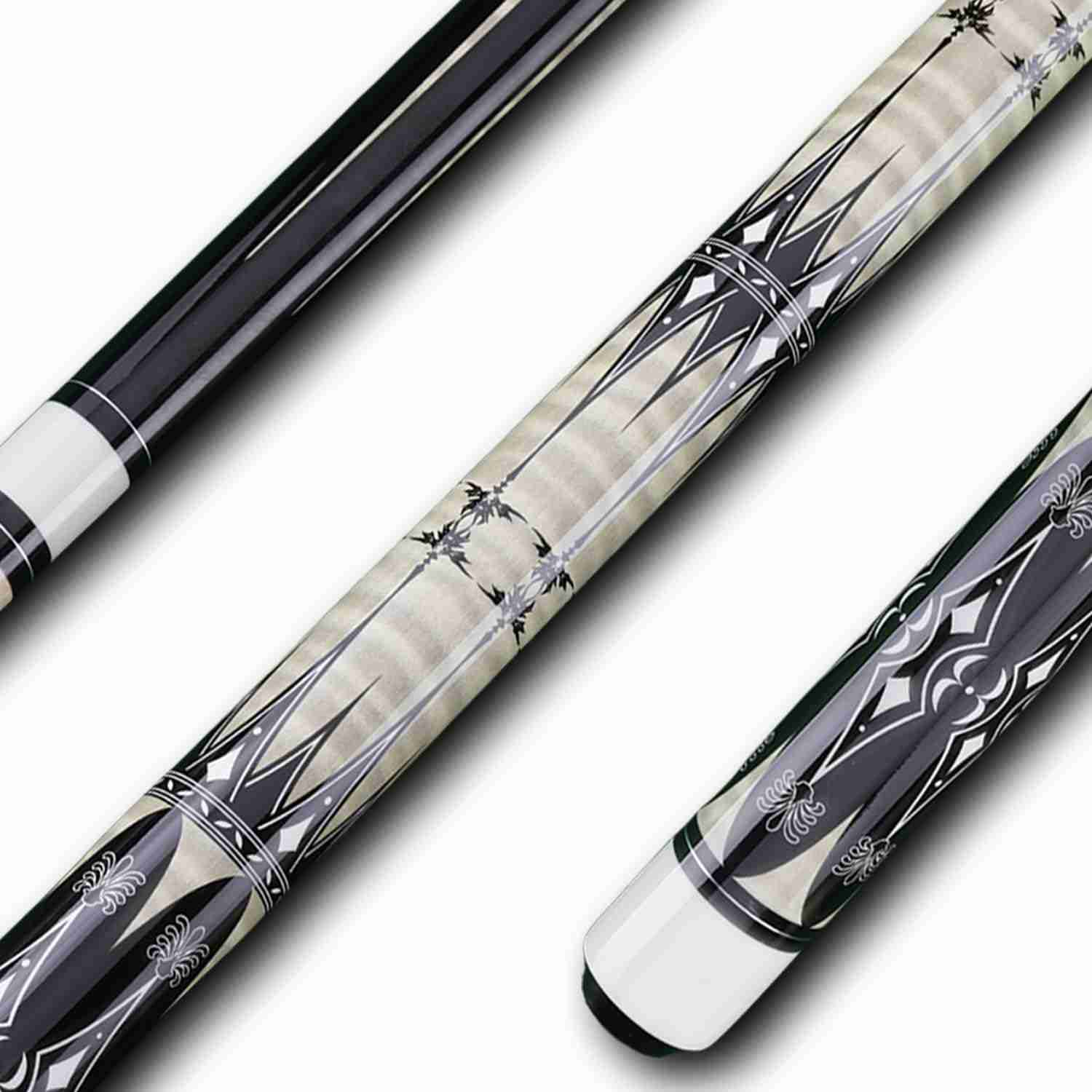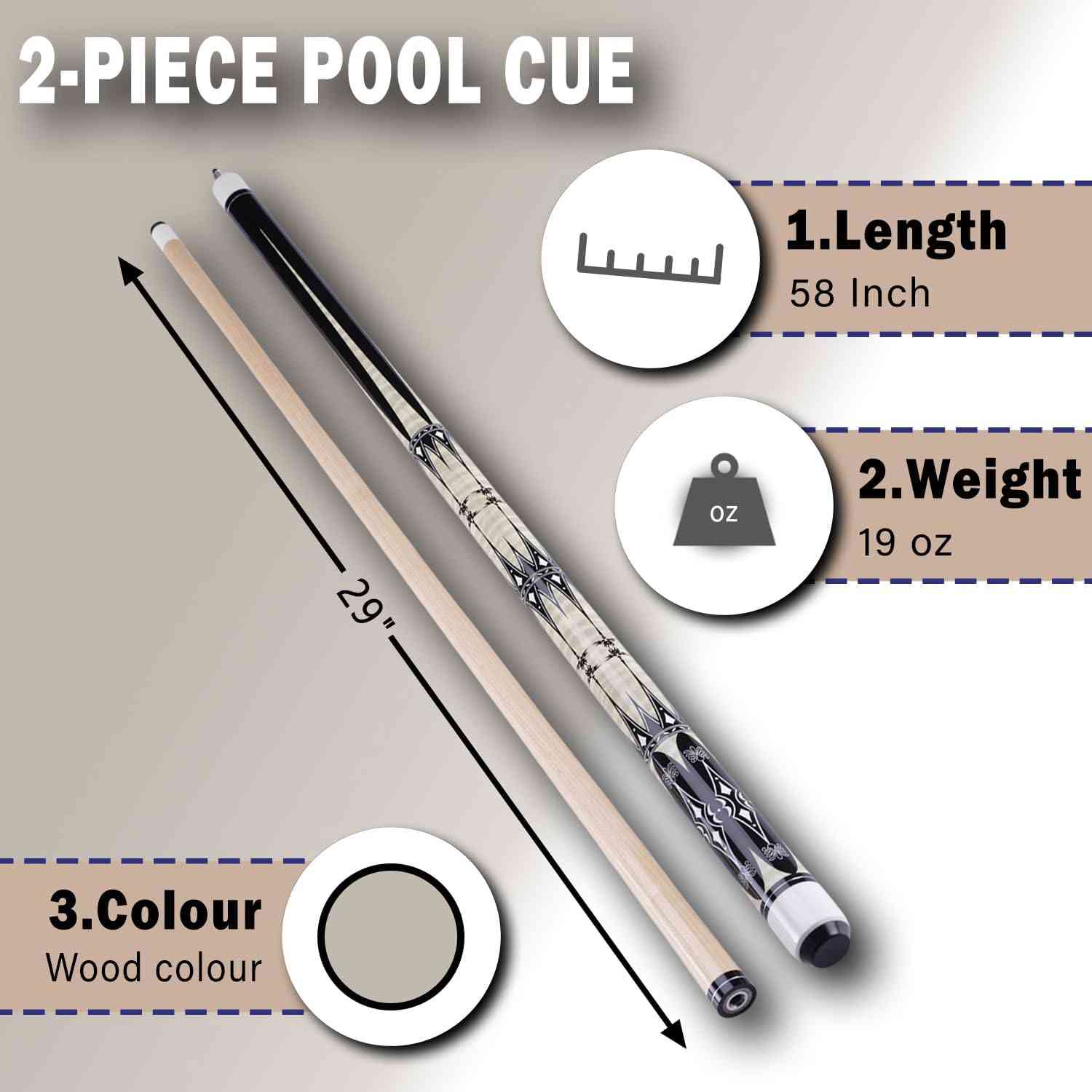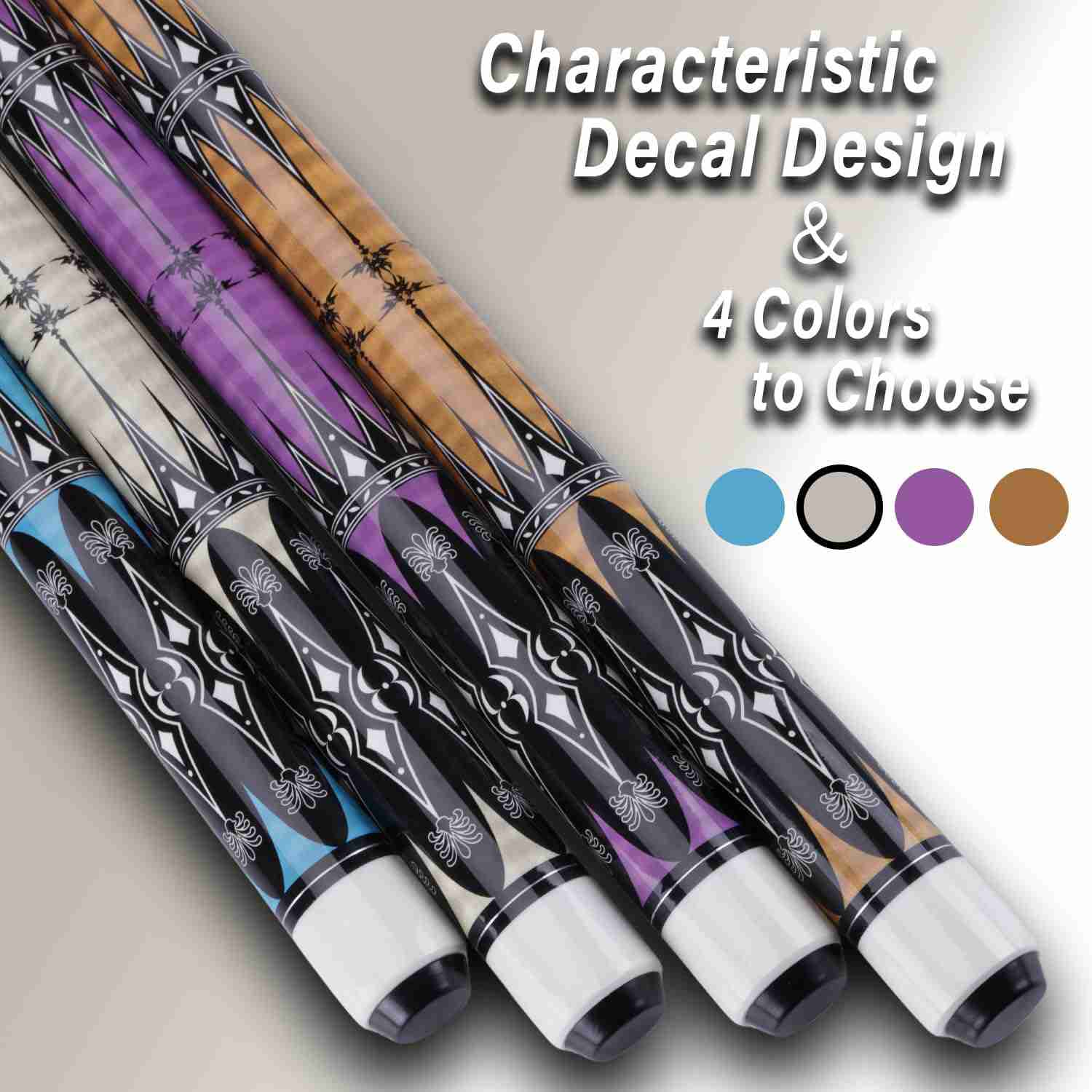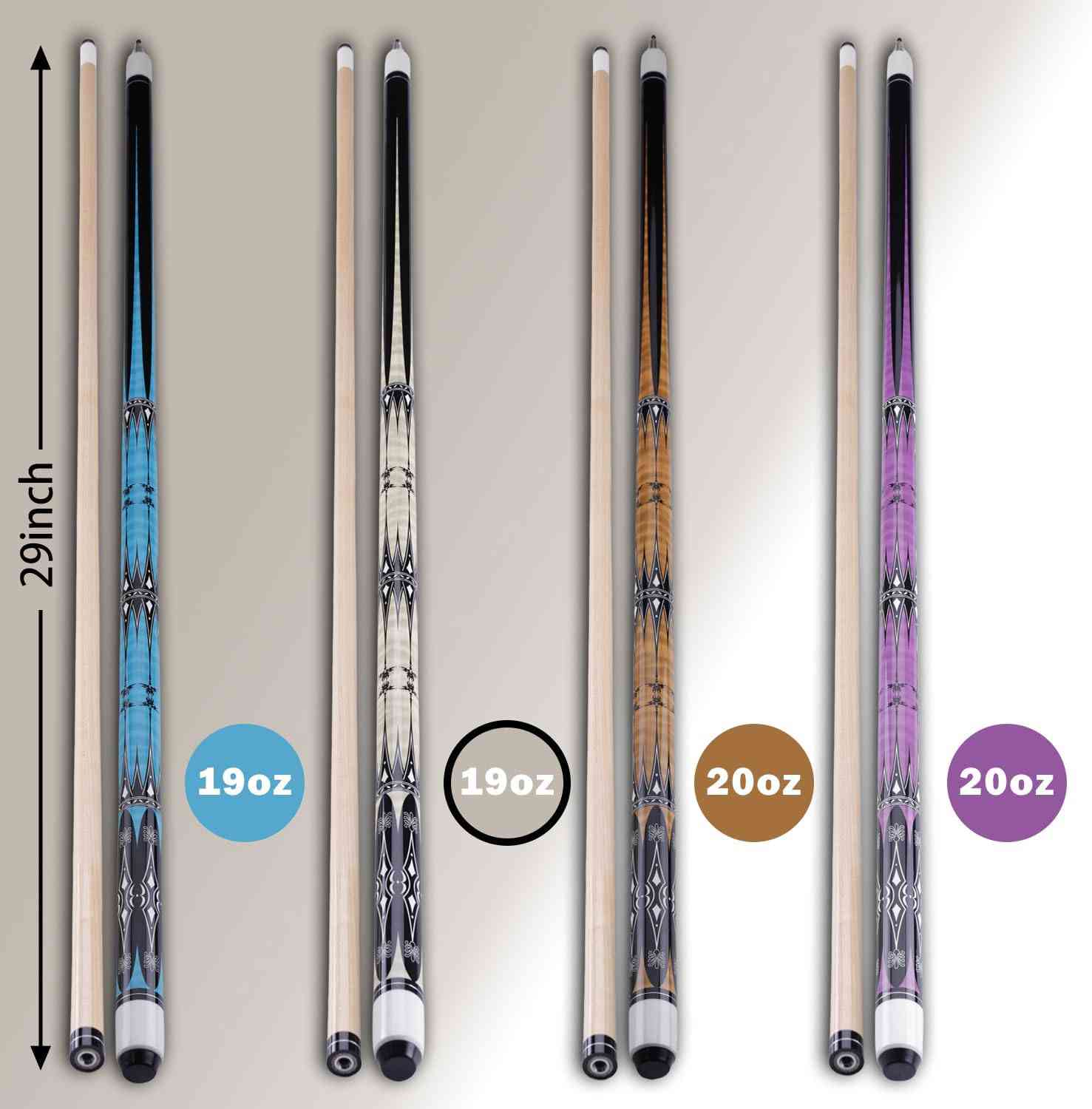




First impression? This cue feels substantial without being clunky. The 19oz version I tested had a satisfying heft that translated to controlled breaks – no wobble mid-shot like cheaper bar sticks.
The maple wood has this warm, natural grain that actually darkened slightly after a few months of use, developing character. Unlike composite cues, you can feel the wood's responsiveness when applying English – it's like the difference between typing on mechanical vs. membrane keyboards.
That 13mm leather tip surprised me. After breaking it in with some rough play (intentionally testing durability), it maintained shape better than the layered tips on my friend's $200 cue. Chalk retention? No complaints during our 3-hour marathon sessions.
Pro tip: The smooth finish looks sleek but can get slippery during intense games. I wrapped mine with tennis grip tape in strategic spots – problem solved while keeping the aesthetic.
As for durability? Left it in my trunk through a Chicago winter (-10°F nights) and summer (100°F days). Zero warping. The 5/16 x 18 joint still screws together snugly after a year – no annoying play between sections.
Final verdict: Performs like a $150+ cue at half the price. The sentimental value alone is worth it – my buddy still ribs me about his 'purple truck' cue, but secretly loves how it outlasted his custom one.

